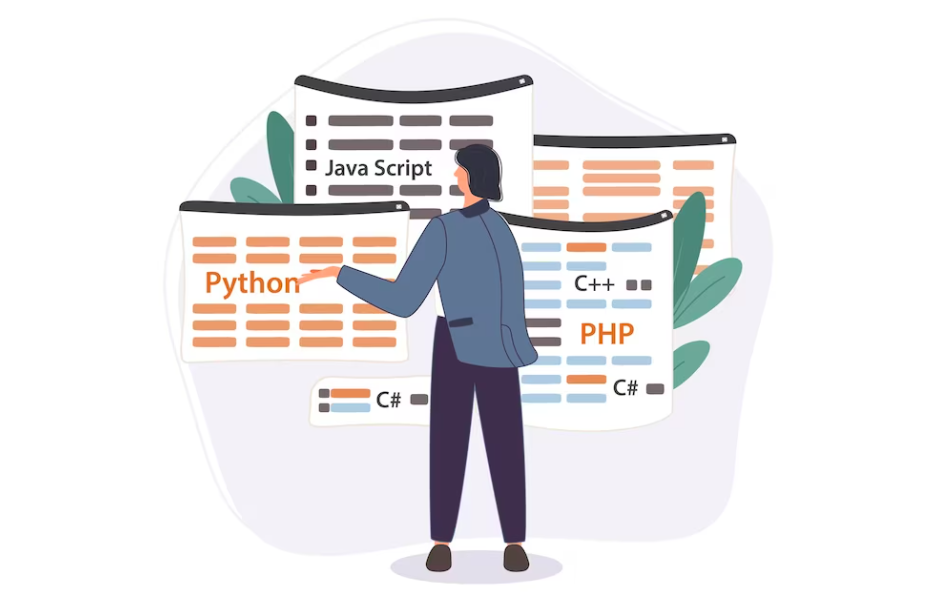The world of programming languages is a dynamic and ever-evolving landscape that has undergone significant transformations since its inception. From the early days of assembly languages to the modern era of high-level languages, the evolution of programming languages has been marked by innovation, efficiency, and a relentless pursuit of making software development more accessible and powerful. This blog explores the fascinating journey of programming languages, highlighting key milestones and their remarkable achievements.
Assembly Languages and Machine Code: The Birth of Programming:
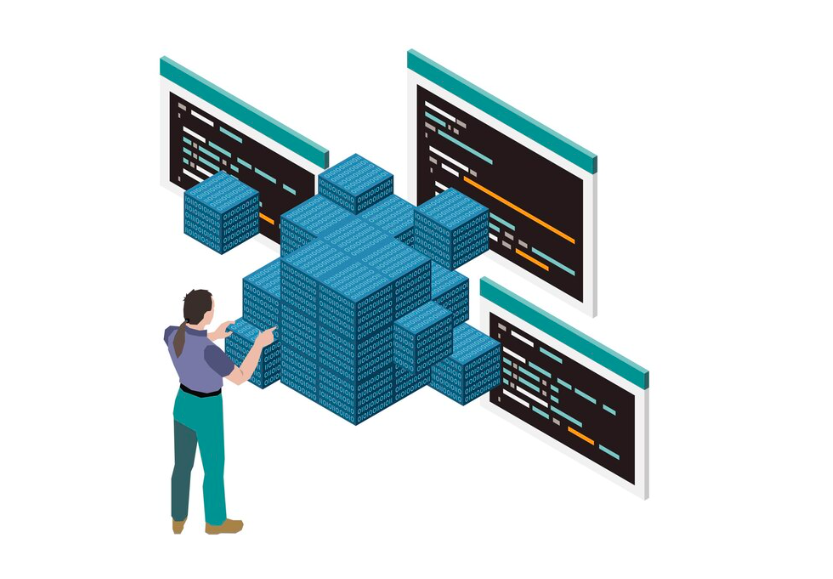
The journey begins in the 1940s and 1950s when computers were in their infancy. During this era, programmers worked directly with machine code and assembly languages, writing instructions that directly corresponded to the machine’s hardware. While this approach was challenging and time-consuming, it laid the foundation for future programming languages.
Foundation of Programming: Assembly languages and machine code laid the groundwork for programming by directly interacting with the hardware, setting the stage for the development of higher-level languages.
Low-Level Efficiency: Despite being challenging, working with assembly languages provided programmers with a deep understanding of computer architecture and allowed for fine-grained control over the hardware.
Fortran – The Pioneer of High-Level Languages:

In the late 1950s, Fortran (Formula Translation) emerged as the first high-level programming language. Developed by IBM, Fortran aimed to make programming more accessible by using English-like statements. It was a breakthrough for scientific and engineering applications, introducing concepts like loops and conditional statements that greatly simplified coding.
Scientific Advancements: Fortran revolutionized scientific and engineering computations, enabling researchers to write more readable and efficient code for complex mathematical tasks.
Introduction of Control Structures: Fortran introduced essential programming constructs like loops and conditional statements, making coding more accessible to a broader audience.
LISP and the Birth of Artificial Intelligence:

In the late 1950s, John McCarthy developed LISP (List Processing), a programming language designed for symbolic reasoning and manipulation. LISP played a pivotal role in the development of artificial intelligence, and its symbolic expression capabilities influenced subsequent languages.
Symbolic Manipulation: LISP’s focus on symbolic manipulation paved the way for the development of artificial intelligence by providing a powerful tool for handling complex symbolic reasoning tasks.
Influence on Modern Languages: LISP’s ideas, especially its use of symbolic expressions, have influenced the design of many modern programming languages.
C – The Foundation of Modern Programming:

In the 1970s, Dennis Ritchie and Ken Thompson created the C programming language at Bell Labs. C was a powerful and efficient language that allowed low-level memory manipulation and provided high-level constructs. Its influence is evident in many modern languages, and it served as the foundation for the development of the Unix operating system.
Systems Programming: C’s low-level capabilities made it ideal for systems programming, leading to the development of the Unix operating system and contributing to the foundation of modern computing.
Influence on Subsequent Languages: Many popular languages, including C++, Java, and C#, were inspired by C’s syntax and features, showcasing its enduring impact.
Object-Oriented Programming (OOP) Paradigm:
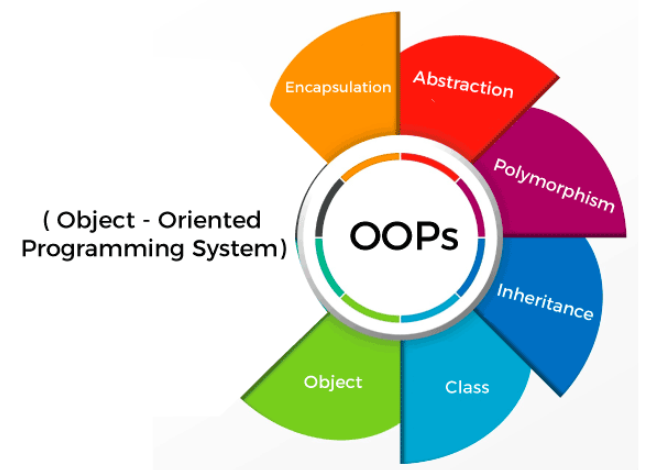
The 1980s saw the rise of object-oriented programming languages like Smalltalk, C++, and later, Java. OOP introduced concepts like encapsulation, inheritance, and polymorphism, providing a more modular and organized approach to software development. Java, in particular, became widely adopted for its platform independence and versatility.
Modularity and Reusability: OOP introduced the concept of classes and objects, promoting modularity and reusability in code, making it easier to manage and scale software projects.
Encapsulation for Security: Encapsulation in OOP enhances security by hiding the internal implementation details of objects, preventing unintended interference.
Web Development and JavaScript:
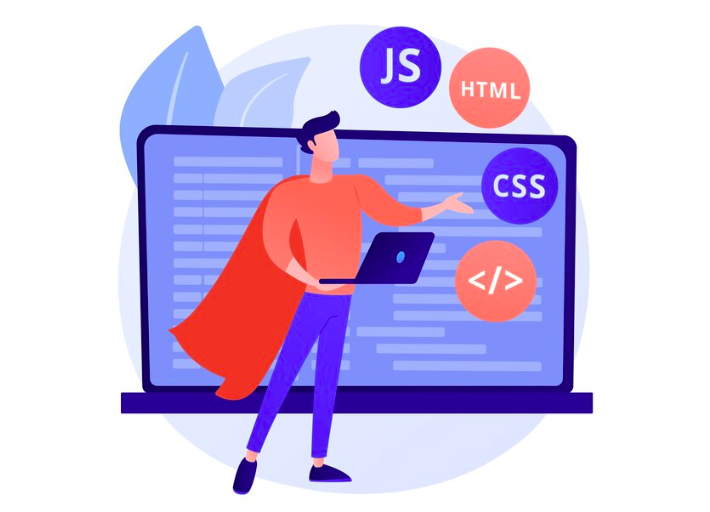
With the explosive growth of the internet in the 1990s, the need for client-side scripting led to the creation of JavaScript. Developed by Netscape, JavaScript allowed for dynamic and interactive web pages. Its versatility and ubiquity on the web make it a crucial language for front-end development today.
Client-Side Interactivity: JavaScript transformed web development by enabling dynamic and interactive client-side scripting, enhancing the user experience on websites.
Versatility Across Platforms: JavaScript’s compatibility with multiple web browsers made it a universal language for front-end development, ensuring a consistent experience across different platforms.
Python – The Language of Simplicity and Versatility:
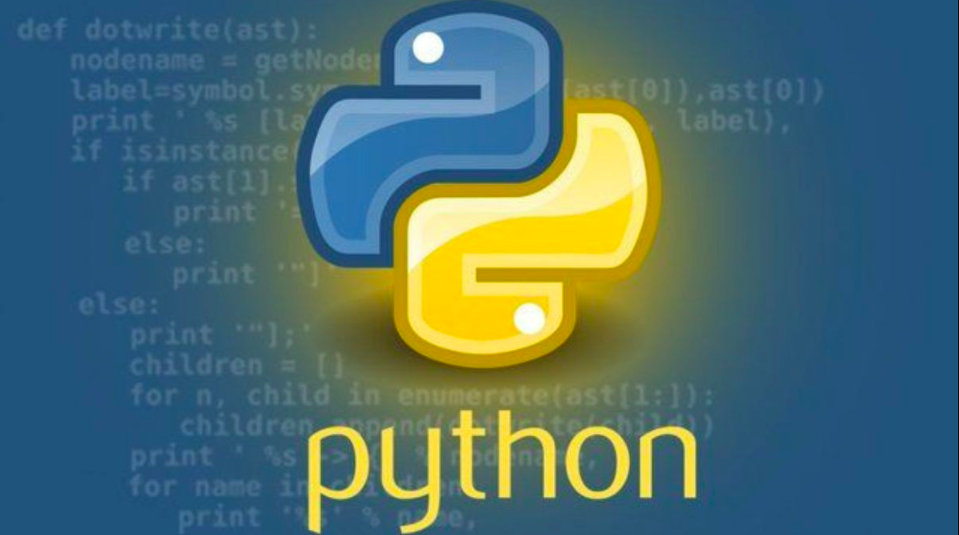
In the 21st century, Python has emerged as a powerhouse in the programming world. Known for its readability and versatility, Python is used in web development, data science, machine learning, and more. Its community-driven development and emphasis on simplicity have contributed to its widespread adoption.
Readability and Productivity: Python’s emphasis on readability and simplicity accelerates development cycles, promoting code maintainability and developer productivity.
Versatility in Applications: Python’s versatility has made it a go-to language for a wide range of applications, including web development, data science, machine learning, and automation.
Functional Programming and the Rise of Haskell:

Functional programming gained prominence with languages like Haskell, emphasizing immutability and higher-order functions. Haskell’s strong type system and focus on mathematical principles have influenced modern languages, pushing the boundaries of expressiveness and safety.
Immutability for Safety: Haskell’s focus on immutability enhances code safety by preventing unintended side effects, leading to more predictable and maintainable programs.
Mathematical Foundation: Haskell’s roots in mathematical principles contribute to a more expressive and concise programming style, emphasizing the elegance of functional programming.
Concurrency and Go Programming Language:
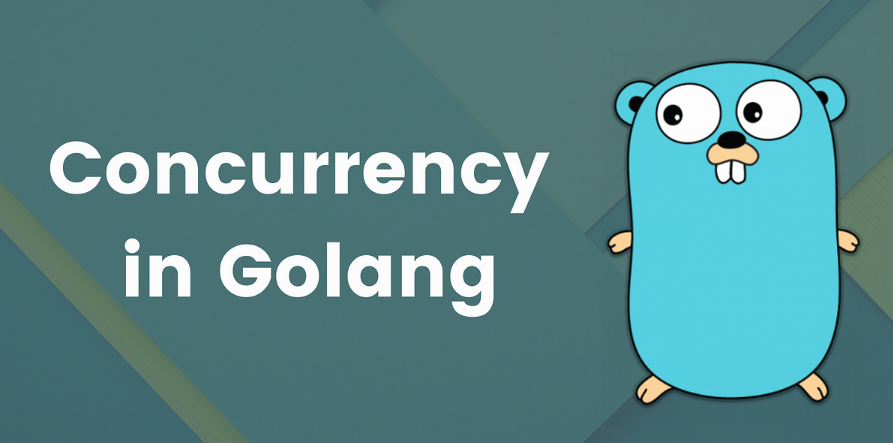
In response to the increasing need for concurrent and scalable systems, Google introduced the Go programming language in 2009. Go, with its simplicity and built-in support for concurrency, has become a popular choice for developing scalable and efficient systems.
Built-In Concurrency Support: Go’s native support for concurrency simplifies the development of concurrent systems, making it well-suited for building scalable and efficient applications.
Simplicity and Efficiency: Go’s simplicity in syntax and design, coupled with its efficient performance, has led to its adoption in building robust and scalable distributed systems.
The evolution of programming languages is a testament to the ever-growing complexity of software development and the constant pursuit of making it more accessible and powerful. Each milestone in this journey has brought about new possibilities and achievements, shaping the way we build and interact with technology. As we look to the future, the evolution of programming languages continues, promising even more exciting developments and innovations.


